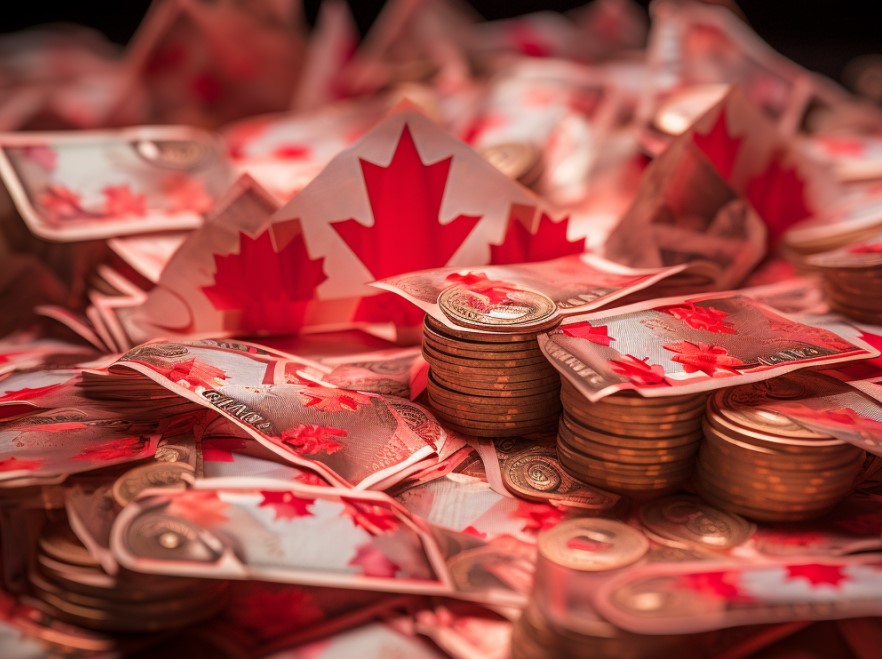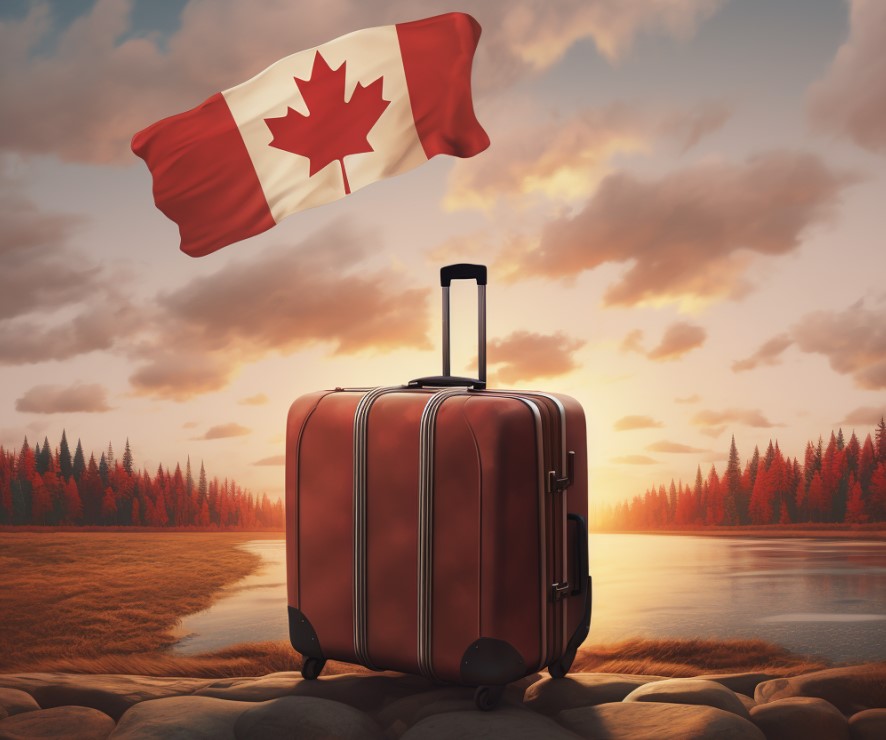What can you not bring to Canada?
When traveling to Canada, it’s important to be aware of the regulations regarding the items you can and cannot bring into the country. Canada has specific guidelines to ensure the safety and well-being of its residents and visitors.
What you can and cannot bring to Canada
Here’s a guide to help you understand what items you cannot bring to Canada, based on insights from various travel resources and official recommendations.
| Prohibited Items | Description |
|---|---|
| Cannabis | Prohibited from being taken into Canada |
| Food, plants, animals, and related products that pose a risk to Canada | Prohibited from being taken into Canada |
| Endangered species and anything made from the parts of endangered species | Prohibited from being taken into Canada |
| Explosives, fireworks, and certain types of ammunition | Prohibited from being taken into Canada without the appropriate permits and authorizations |
| Obscene material, hate propaganda, and child pornography | Prohibited from being taken into Canada |
| Self-balancing devices | Not allowed |
| Weapons such as firearms, brass knuckles, and pepper spray | Prohibited from being taken into Canada without the appropriate permits and authorizations |
| Used clothing | Prohibited from being taken into Canada |
| Used shoes | Prohibited from being taken into Canada |
| Used tires without rims | Prohibited from being taken into Canada |
| Soil | Prohibited from being taken into Canada unless accompanied by an import permit |
| Chemical and toxic substances | Prohibited from being taken into Canada |
| Detonators and fuses | Not allowed |
| Mines | Not allowed |
| Blasting caps | Not allowed |
| Live Fish | Prohibited from being imported into Canada |
| Predators of Any Size | Prohibited from being imported into Canada |
| Images Representing Children in a Degrading or Ridiculing Way | Prohibited from being imported into Canada |
| Used tires without rims | Prohibited from being imported into Canada |
| Automatic firearms | Only the Government may import |
| Pharmaceuticals, natural products with pharmaceutical use, and medicines | Restricted |
| Blood imports | Prohibited |
| Crude oil and its derivatives | Monopoly by the Canadian Petroleum Refinery |
| Husk, coffee husk, and used cardboard egg separators | Prohibited |
| Ozone depleting substances | Restricted |
| Cosmetics | Restricted |
Prohibited Items
Canada has restrictions on certain items that travelers are not allowed to bring into the country. These include:
- Cannabis: It is illegal to bring cannabis into Canada, even if it is for medicinal purposes.
- Food, plants, animals, and related products: Certain food, plants, animals, and related products are prohibited from being brought into Canada due to the risk of spreading diseases or pests.
- Endangered species and anything made from the parts of endangered species: These items are prohibited from being brought into Canada to protect endangered species.
- Explosives, fireworks, and certain types of ammunition: These items are prohibited from being brought into Canada without the appropriate permits and authorizations.
- Obscene material, hate propaganda, and child pornography: These items are prohibited from being brought into Canada.

Health and Safety Considerations
In addition to the above, there are also health and safety considerations for items that travelers should not bring to Canada. These include:
- Firewood: It is prohibited to bring firewood across the Canadian border. You are expected to buy and burn it on-site when you’ve reached your destination.
- Weapons: Certain weapons, such as firearms, brass knuckles, and pepper spray, are prohibited from being brought into Canada without the appropriate permits and authorizations.
- Soil: Soil is prohibited from being brought into Canada unless accompanied by an import permit. All camping gear, recreational equipment, and supplies must be clean and free of pests and soil.
Goods to declare
When traveling to Canada, it’s essential to understand the regulations and requirements for declaring goods at the border. The Canada Border Services Agency (CBSA) provides clear guidelines on what items travelers must declare when entering the country. By following these guidelines, visitors can ensure a smooth and hassle-free entry into Canada. Here’s a comprehensive overview of the goods that must be declared when entering Canada, based on official sources and travel resources.
What to Declare
When entering Canada, travelers must declare the following items to the Canada Border Services Agency:
- Purchased Goods: Any items that have been purchased, including gifts, prizes, or awards.
- Goods Bought at Duty-Free Shops: Items purchased at Canadian or foreign duty-free shops that are still in the traveler’s possession.
- Repairs and Alterations: The value of any work, including repairs, done outside Canada on items that are being brought back into the country.
- Firearms and Weapons: All firearms and weapons must be declared at the CBSA port of entry when entering Canada.
- Food, Plants, and Animal Products: All food, plants, animals, and related products must be declared when entering Canada.
- Explosives, Fireworks, and Ammunition: These items are prohibited from being brought into Canada without the appropriate permits and authorizations[4].
- Currency and Monetary Instruments: When arriving in Canada with CAN$10,000 or more in possession, it must be reported to the CBSA.
Personal Exemptions
Travelers are allowed a personal exemption, which allows them to bring goods of a certain value into Canada without having to pay duty or taxes. The exemption amount is based on the length of time spent outside of Canada. For example, if a traveler has been outside of Canada for 48 hours or more, they can claim goods worth up to CAN$800.
Restricted and Prohibited Goods
Certain goods are restricted or prohibited from being brought into Canada. These include firearms, weapons, food, plants, animals, and related products. Travelers should be aware of these restrictions and ensure that they comply with Canadian regulations when bringing goods into the country.
Consequences of Non-Declaration
Failure to declare goods that are being brought into Canada, or making a false or incomplete declaration, can result in the seizure of the goods or fines. Travelers need to be honest and thorough when declaring goods at the border to avoid any legal consequences.
By understanding and adhering to these guidelines, travelers can ensure a smooth and efficient entry into Canada. It’s important to stay informed about the latest regulations and requirements, as these guidelines are subject to change.

Travelling with money and valuable items
When traveling to Canada, it’s important to understand the regulations and requirements for carrying money and valuable items. The Canada Border Services Agency (CBSA) has clear guidelines on what items travelers must declare when entering or leaving the country. By following these guidelines, visitors can ensure a smooth and hassle-free entry into or exit from Canada. Here’s a comprehensive overview of the rules for traveling with money and valuable items in Canada, based on official sources and travel resources.
Declaring Money and Monetary Instruments
Any time you enter or leave Canada, you must declare any money or monetary instruments, such as stocks, bonds, or cheques, that you are carrying and that are valued at $10,000 or more. This includes currency and monetary instruments in any denomination, whether in Canadian or foreign currency.
How to Declare Your Money
If you are carrying CAD$10,000 or more of your own money when entering or leaving Canada, you must complete a form for individuals and be ready to present it when you arrive at the border. This form is also required if you are sending funds to or from Canada by mail or by courier.
Sending Money to or from Canada
If you are sending funds to or from Canada by mail or by courier, you must also declare the funds. This requirement applies to all individuals, businesses, and couriers, and it is important to comply with these regulations to avoid any penalties or issues with the CBSA.
By understanding and adhering to these guidelines, travelers can ensure a smooth and efficient entry into or exit from Canada. It’s important to stay informed about the latest regulations and requirements, as these guidelines are subject to change.







